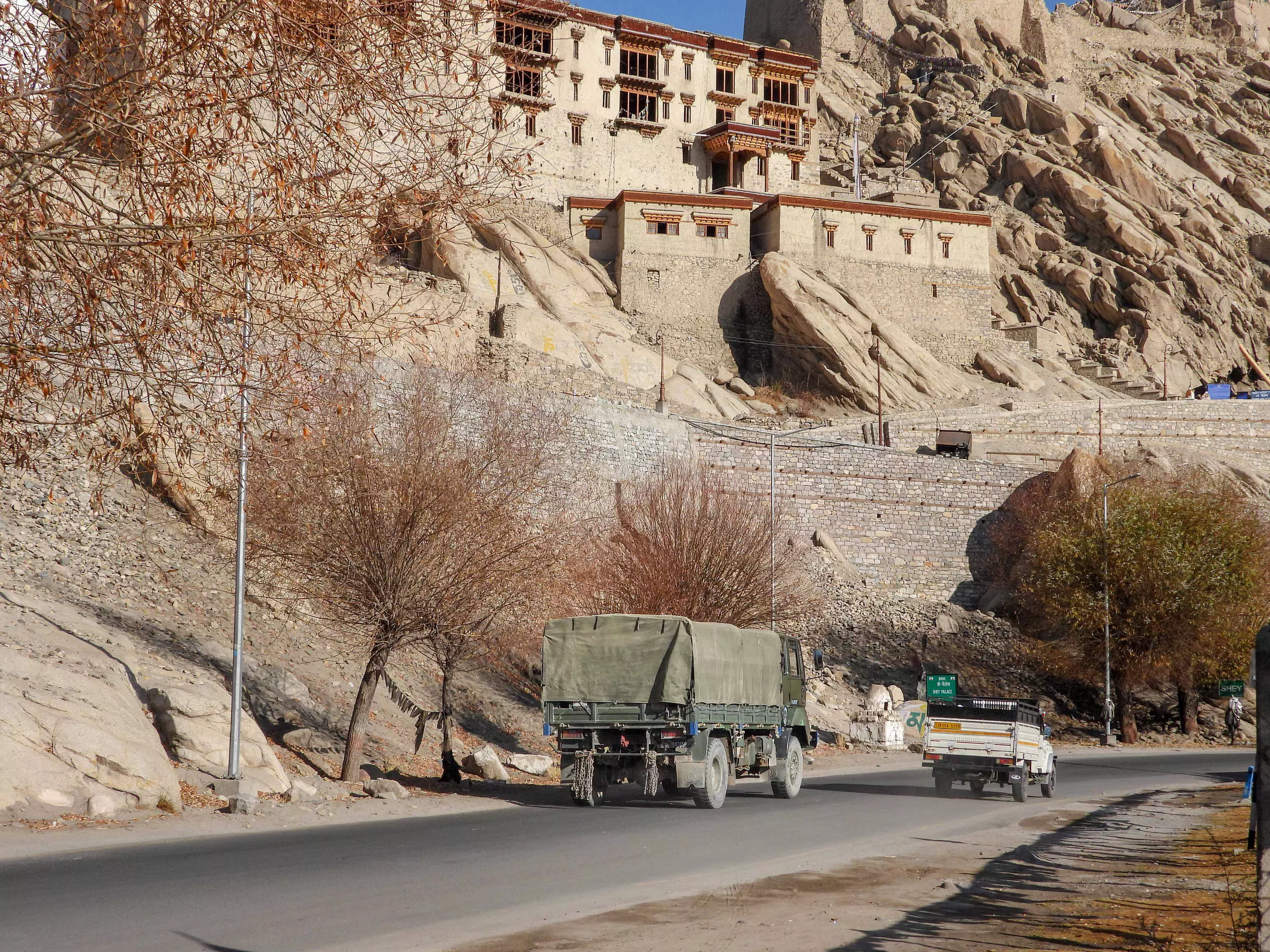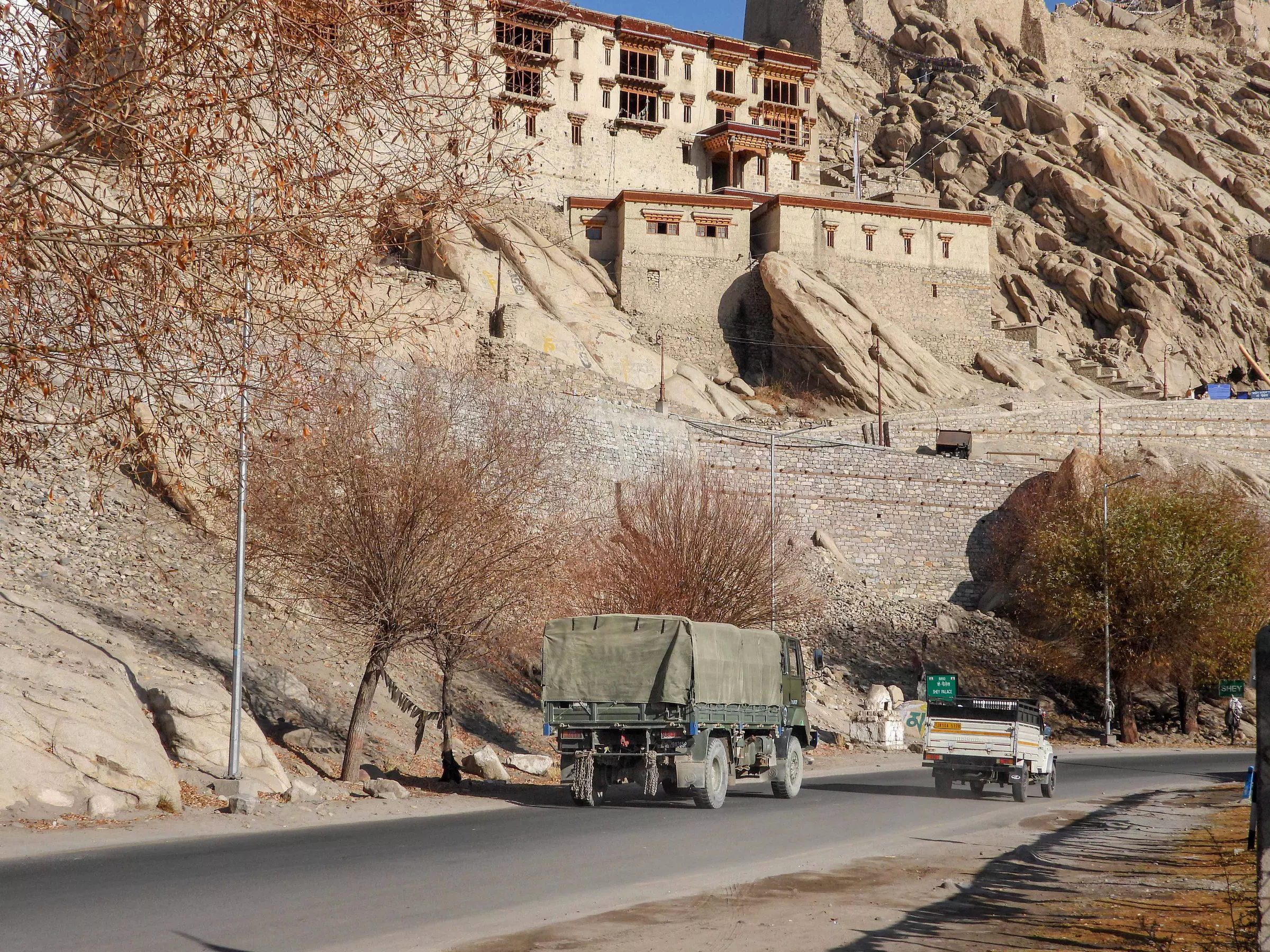
Speaking at the Geneva Centre of Security Policy, the Indian external affairs minister ostensibly stated according to reportage in the public domain that “those negotiations are going on, we have made some progress. Roughly, you can say about 75 per cent of the disengagement problems are sorted out… We still have some things to do, but there’s a bigger issue — that if both of us have brought forces close up, in that sense the level of militarisation of the border has increased. How does one deal with it?” He further added: “I think there are larger issues in respect of India-China. We have a long struggle with the trade issue… The economic relationship with China has been very unfair. It has been very imbalanced that we don’t have market access there. They have much better market access here in India. We have many concerns today in various areas, like technology, telecom, and digital.”
If 75 per cent of the disengagement problems have indeed been sorted out along the Line of Actual Control (LAC) it is a welcome step as both India and China can move ahead and focus on the other aspects of the relationship including and not limited to the unfair and imbalanced trade relationship that he alluded to.
However, there is a bigger challenge that the external affairs minister advertently or inadvertently flagged and that is the increased militarisation along the LAC. This is a portentous indicator for the simple reason that People’s Republic of China (PRC) announced an annual defence budget of about $236.1 billion for fiscal year 2024. India, by comparison, has a defence budget of $74.3. billion in fiscal 2024–25. China spends more than the next 17 Indo-Pacific militaries combined. The US, by contrast, spends ten times more on defence than what China does.
Military expansion along the LAC: The Line of Actual Control, a de facto border dividing India and China, has seen intensified military activity from the Chinese side. China has been aggressively expanding its military infrastructure in the region, including constructing roads, airfields and fortifications. A notable development is the construction of a 400-metre-long bridge across Pangong Lake in the Aksai Chin region — a territory occupied by China since 1960 but that falls within Indian sovereign territory. This bridge will significantly reduce the time required to move troops and equipment from 12 hours to about four, bolstering their logistical capabilities and consolidating its military presence.
Satellite imagery and various reports confirm that China has established permanent military installations near the LAC, enhancing its power projection capabilities. Increased troop deployments and military drills in high-altitude conditions suggest that China is not merely preparing for local skirmishes but is reinforcing its strategic positions. This military buildup includes advanced surveillance systems, missile platforms, and integrated defence networks, indicating that China’s objectives extend beyond mere border disputes.
India’s response to the military escalation: In response to Chinese military expansion, India faces a complex strategic dilemma. Countering China’s rapid militarisation in these remote, high-altitude areas is both logistically challenging and comes at an unavoidable and inevitable defence expenditure.
India has also enhanced its military presence along the LAC by deploying additional troops, air defence systems, and advanced weaponry. However, maintaining a robust military posture in these isolated regions places a considerable strain on India’s defence budget.
The economic impact of this military escalation is significant. With India’s defence budget already under pressure, a prolonged arms race with China could hinder its ability to modernise its forces and address other pressing security concerns. Balancing immediate security needs with long-term strategic objectives, while avoiding an economically draining standoff, remains a critical challenge for India. Moreover, the increasing militarisation of the LAC carries broader geopolitical implications. The risk of miscalculations is high, and minor clashes between Indian and Chinese forces could escalate into more severe confrontations. Given that both nations possess nuclear capabilities, the potential consequences of such escalation are grave.
India also faces a nuanced diplomatic challenge. Traditionally, it has sought to maintain a balance between relations with China and the United States. However, the growing militarisation of the LAC might push India closer to Western allies, as evidenced by initiatives like the Quad — a strategic alliance involving India, Japan, Australia, and the United States. While strengthening ties with the West could enhance India’s military capabilities, it may also exacerbate tensions with China. Recent developments, such as China’s construction of a new heliport 20 kilometres east of the LAC in the sensitive “Fishtails” region of Arunachal Pradesh, further complicates the situation.
The dichotomy of engagement and militarisation: While the claim that 75 per cent of the disengagement process has been completed might suggest that tensions along the LAC are easing, the situation is far more complex. Disengagement involves the withdrawal of troops from close-contact standoffs in certain areas, but it does not address the broader issue of China’s military buildup along the LAC. China’s ongoing infrastructure development, including extensive road and airfield construction, and increased troop deployments indicate a long-term strategy of maintaining a strong presence in the region, rather than de-escalating.
This situation presents India with a complex diplomatic and strategic dilemma. On one hand, India remains committed to engaging China through military and diplomatic channels, aiming for a peaceful resolution to the border dispute. On the other hand, the reality on the ground necessitates a robust military response to counter China’s aggressive posture. The militarisation of the LAC raises a critical question: Can diplomatic efforts succeed in the face of China’s expanding military presence, or is militarisation becoming the new status quo along the border, fundamentally altering the dynamics of the India-China relationship?
Navigating the path forward: Given the current situation, disengagement alone does not signify true de-escalation but rather a strategic repositioning. India must recognise the new reality and prepare for a potentially extended standoff.
To address the militarisation of the LAC, India needs a comprehensive strategy that balances immediate military readiness with the long-term goal of a peaceful resolution to the border dispute. This strategy should include enhancing India’s military infrastructure along the LAC while continuing diplomatic efforts with China.
Additionally, India should seek to strengthen alliances with other Indo-Pacific nations to counterbalance China’s expanding influence. While avoiding a prolonged military standoff remains the ideal objective, India must be prepared for such a scenario if necessary. In conclusion, the increasing militarisation of the LAC underscores the complexity of the India-China border dispute. Disengagement may offer temporary relief, but it does not resolve the underlying strategic shifts. India’s approach must be multifaceted, combining enhanced military readiness with robust diplomatic efforts to navigate the ongoing tensions and work towards a sustainable resolution.
